Wars have always influenced global cuisine. Noodles are among one those dishes that in some ways owe their popularity to World War II and Civil conflicts.
As I started working on the noodle story, I realized some of the most popular dishes were born out of adversary—food shortages caused by wars and conflicts altered how we eat.
For instance, Soju, a Korean distilled alcoholic beverage, evolved from the Levantine distillation technology brought to the Korean Peninsula during the Mongol invasions of Korea (1231–1259).
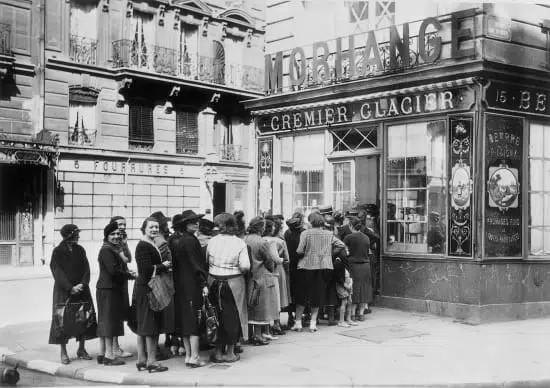
During the conflicts, food was also scarce. France’s food production in 1944 was just 40% of that in the 1930s. When the German soldiers landed in France, they consumed most of the livestock.
Electricity was cut, and food spoilt. Overloaded herring began beaching in Normandy because of the heavy military presence in the English Channel.
As French Magazine Le Gerbe wrote in 1944, “In the street, in the metro, in cafes, all you hear about is food. At the theatre or movies, when there’s an old play or movie with a huge banquet scene, the audience breaks into delirious cries of joy.”
As the ingredients became scarce, the French had to fundamentally rethink how they consumed food. Bakers had to cut corners as wheat had to be replaced with corn maize to prepare baguettes.
As a result of the state’s restrictions on the amount of meat and butter offered in restaurants, the menu had to be changed at restaurants, and people had to turn to the black market to stay alive.
Before we deep into the Noodle story, let’s dive into how the food shortages profoundly influenced the world’s cuisine.
How Food Shortages Created New Ways for Food Preservation?
As Napoleon famously stated, “An army marches on its stomach,” ensuring an army has enough food to maintain itself in the field is the main goal for all commanders.
Although troops’ immediate needs for weapons, clothes, and housing are paramount, logistical assistance to supply food and supplies is often the deciding factor in winning battles.
Soldiers were often forced to genuinely “live off the land” during long sieges, even when stationed in permanent garrisons or semipermanent encampments. Modern militaries are resistant to local fluctuations in food supply due to advancements in food preservation, packing, and transportation.
The need for war significantly improved the technology of canning, freezing, dehydrating, and irradiating food. In 1795, Nicholas Appert, a French chef, received a prize given by Napoleon for developing a method of preserving military food supplies.
By 1806, Appert’s methods for preserving meats and vegetables in jars had been effectively applied to the French Navy’s canning of meat, vegetables, fruit, and even milk. In 1810, the English adopted the technique for use with metal containers, and when Napoleon fought Wellington at Waterloo in 1815, both sides used canned meals.
Globally, the canned food business is now worth $91.4 billion. Without the wars and conflicts of the 18th and 19th centuries, the industry would not have existed.
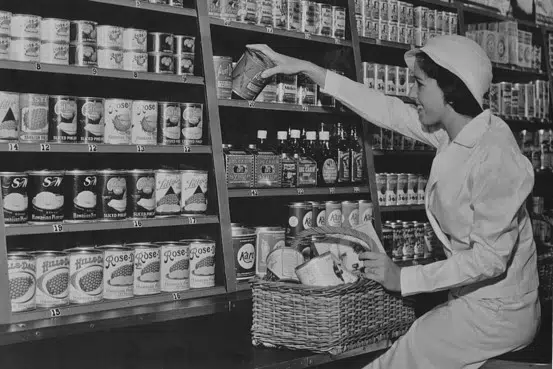
Noodle Story: How the Wars Influenced the Noodles Consumption?
Probably, the dish that saw a tremendous rise in its popularity both during and after the war was Noodles. The noodle story explores how some of the popular versions of noodles you eat today wouldn’t have existed if not for different adversaries.
The first documented mention of noodles is in a book dated to the Eastern Han period (25–220 CE).
The 19th century saw widespread of this popular cuisine. In fact, instant noodles were named the greatest Japanese invention of the 20th century in a Japanese poll. But the trajectory of the noodle story wouldn’t have been the same without the world war and the civil wars that happened in different countries.
Ramen
Ramen is a Japanese version of wheat noodles from China. According to one theory, ramen was introduced to Japan in the 1660s by the Chinese neo-Confucian scholar Zhu Shunsui, who served as an advisor to Tokugawa Mitsukuni after he fled Manchu rule and became the first Japanese person to eat ramen, although most historians reject this theory as a Japanese creation myth embellishing the origins of ramen.
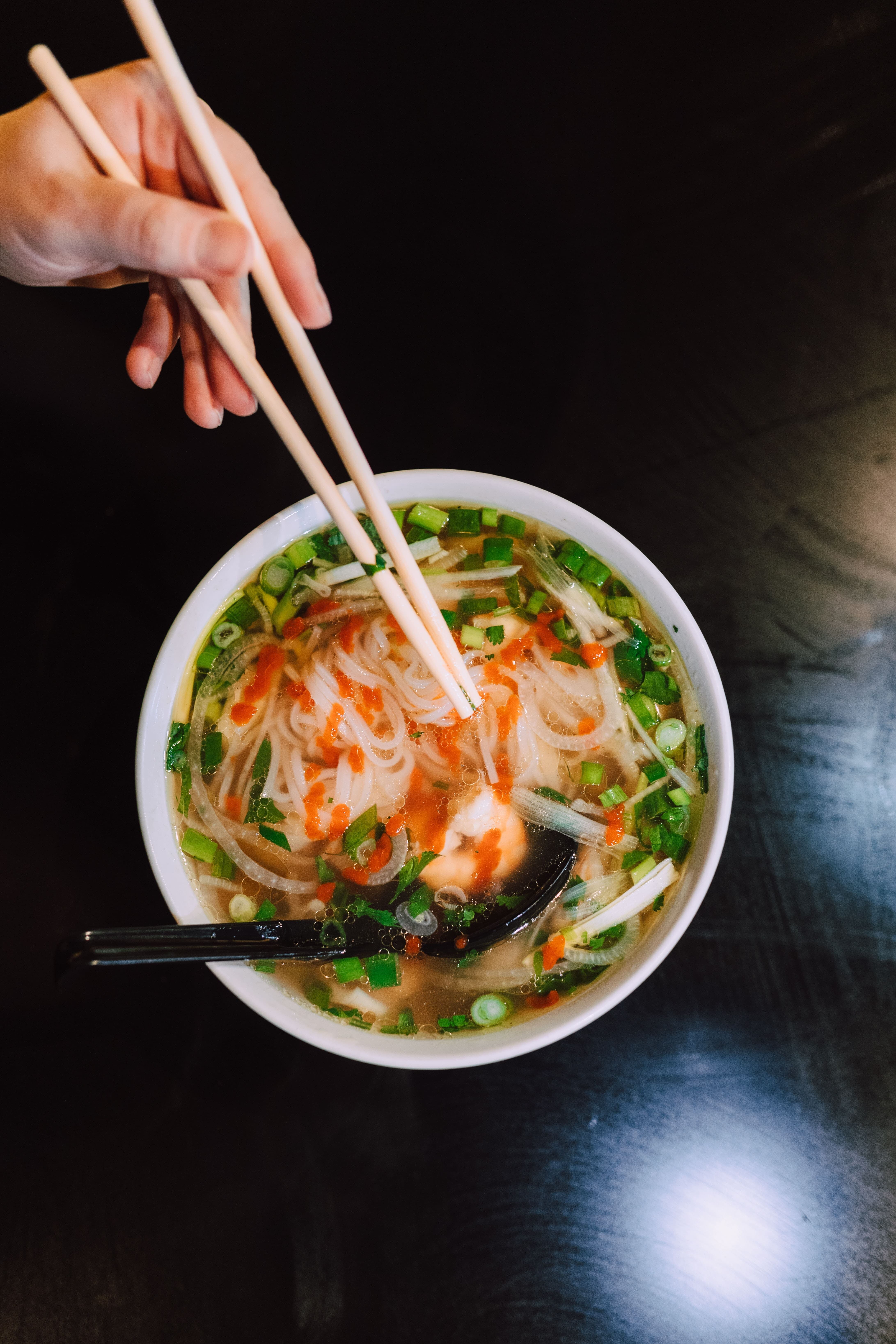
The most plausible theory is that ramen was brought to Yokohama Chinatown by Chinese immigrants in the late nineteenth or early twentieth centuries. According to the Yokohama Ramen Museum’s records, ramen originated in China and arrived in Japan around 1859. Earlier versions consisted of wheat noodles in broth topped with roast pork prepared in the Chinese manner.
By 1900, Canton and Shanghai restaurants offering Chinese food provided a straightforward meal of noodles (cut rather than hand-pulled), a few garnishes, and a broth seasoned with salt and pig bones. Numerous Chinese residents in Japan also operated portable food booths, selling employees ramen and gyza dumplings.
By the mid-1900s, these booths were advertising their presence with a kind of melodic horn called a charumera (from the Portuguese charamela), a technique that some sellers continue to use today through a loudspeaker and repeated recording. By the early Shwa era, ramen had established itself as a popular restaurant dish. [reference required] According to Hiroshi Osaki, a ramen specialist, Yokohama’s first dedicated ramen restaurant debuted in 1910.
From 1945 until 1952, after Japan’s loss in World War II, the American troops controlled the nation. Japan had its poorest rice harvest in 42 years in December 1945, resulting in food shortages due to Japan’s severe reduction in rice output during the war, with production shifting to colonies in China and Taiwan.
To alleviate food shortages, the US flooded the market with inexpensive wheat flour. Between 1948 and 1951, Japan’s bread consumption rose from 262,121 to 611,784 tonnes, but wheat also made its way into ramen, which the majority of Japanese consumed from black market food sellers to live as the government’s food distribution system fell approximately 20 days behind schedule.
Although the Americans maintained Japan’s wartime prohibition on outdoor food selling, flour was covertly transferred from commercial mills to illicit markets. Almost 90% of stalls were controlled by yakuza criminals who demanded protection money from sellers. During the takeover, thousands of ramen sellers were detained.
During the same time, millions of Japanese soldiers returned from the Second Sino-Japanese War in China and continental East Asia. Some of them may have had experience with wheat noodles.
By 1950, regulations on wheat flour exchange and limits on food selling had been lifted, resulting in an increase in the number of ramen vendors: private businesses even leased out yatai starting kits that included noodles, toppings, bowls, and chopsticks.
Ramen yatai offered a unique chance for postwar small-scale business. Additionally, the Americans promoted the nutritional advantages of wheat and animal protein extensively. Wheat noodles gained popularity in Japan’s rice-based society as a result of the confluence of these elements. Ramen grew more linked with urban life throughout time.
By 1950, regulations on wheat flour exchange and limits on food selling had been lifted, resulting in an increase in the number of ramen vendors: private businesses even leased out yatai starting kits that included noodles, toppings, bowls, and chopsticks.
Ramen Yatai offered a unique chance for postwar small-scale business. Additionally, the Americans promoted the nutritional advantages of wheat and animal protein extensively.
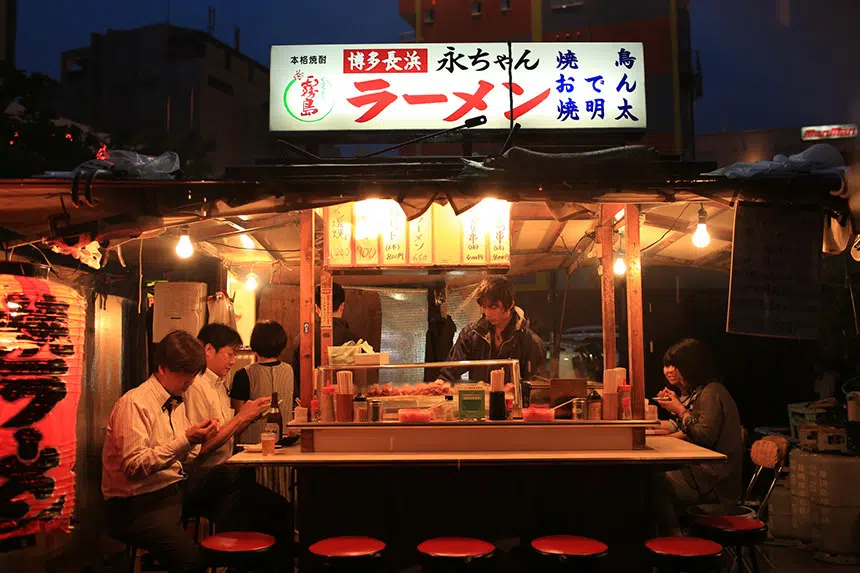
Pad Thai
While stir-fried rice noodles were brought to Thailand centuries ago from China, the dish pad thai was created in the mid-20th century.
According to author Mark Padoongpatt, pad thai is “… but not this time-honored, genuine meal that dates back hundreds of years. It was originally founded in the 1930s in Thailand by Prime Minister Plaek Phibunsongkhram. Thailand developed the dish as a result of its nation-building efforts. As a result, he developed this meal using Chinese noodles, dubbed pad Thai, in order to rouse nationalism.”
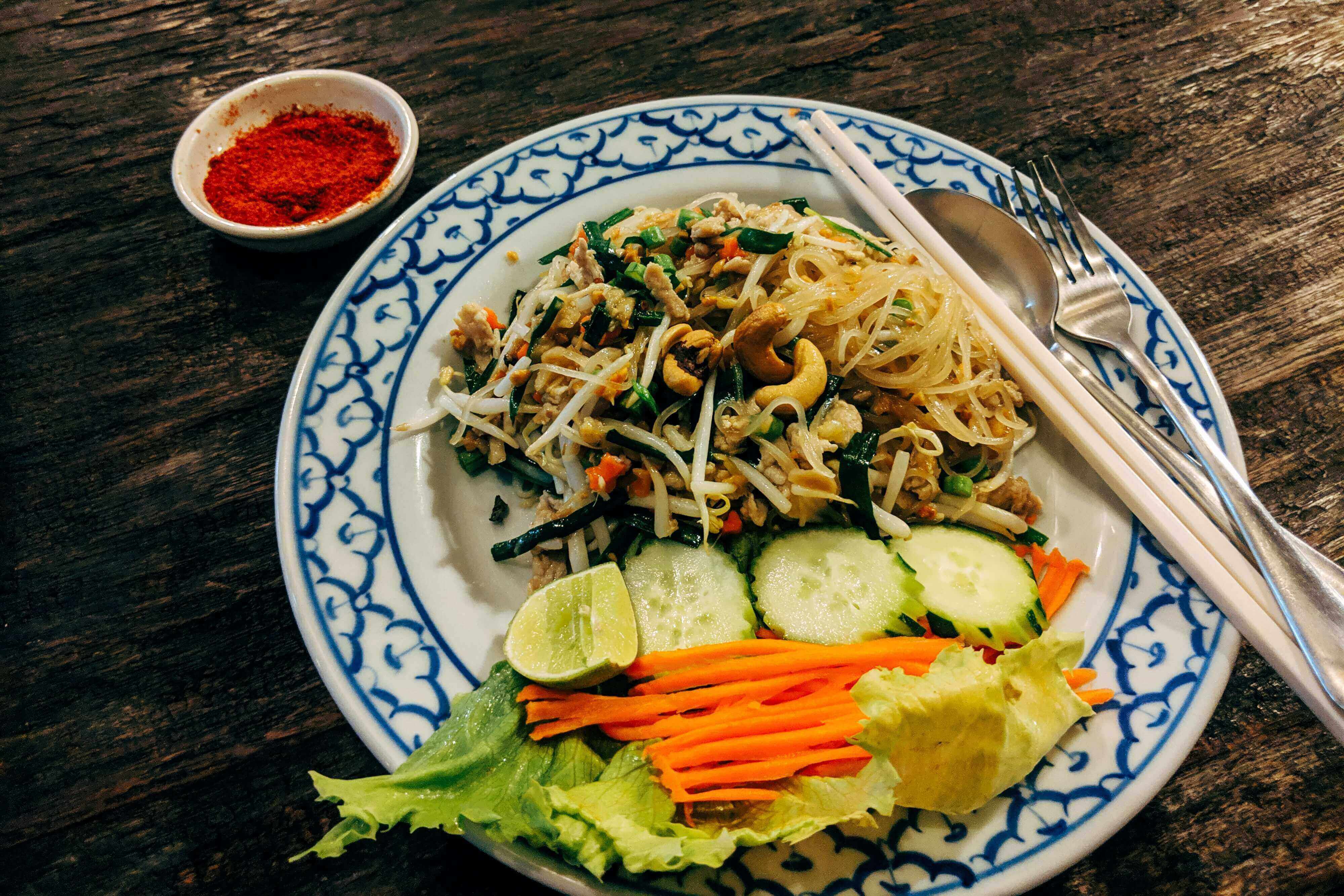
Another theory about the origins of pad thai is that during World Conflict II, Thailand suffered from a rice scarcity caused by the war and flooding. To decrease domestic rice consumption,
Prime Minister Phibunsongkhram’s Thai administration encouraged the use of noodles. His administration promoted rice noodles and aided in the establishment of Thailand’s identity.
As a consequence, a new noodle called sen chan (named after the province of Chanthaburi) was developed.
Pad thai has now become a national dish of Thailand. Today, some food sellers add pork or chicken (even though the original recipe omitted pork due to the government’s view that pig was Chinese meat). Certain sellers continue to utilize the original recipe.
No mention of Pad Thai was made in any of Prime Minister Phibunsongkhram’s addresses. In his address, he simply used the word ‘Kuay Tiew’ (), which translates as ‘noodle’ dishes. As a result, the explanation and narrative that Prime Minister Phibunsongkhram is the inventor of Pad Thai are inconclusive and contentious, particularly among Thai culinary experts.
Indian Chinese
Among my favorite, Noodle story is how Indian Chinese food got popular in India. The most widely accepted theory about the origins of Indian Chinese cuisine is that it originated with Chinese immigrants arriving in Calcutta (now Kolkata). Calcutta served as the capital of British-ruled India during the period when the East India Trading Company was in charge (from 1757 to 1858).
Due to the city’s relationship with the British crown, it provided excellent material possibilities and opportunities, attracting merchants and immigrant labor from neighboring regions.
Calcutta, located in northeastern India, was the country’s most accessible urban center by land from China; therefore, this city was home to the country’s first Chinese immigrant, a southern Chinese man called Tong Atchew (also referred to as Yang Dazhao or Yang Tai Chow).
In 1778, Atchew established a sugar mill 20 miles southwest of Kolkata (then Calcutta) with the assistance of around five dozen Chinese workers.
Due to the city’s relationship with the British crown, it provided excellent material possibilities and opportunities, attracting merchants and immigrant labor from neighboring regions.
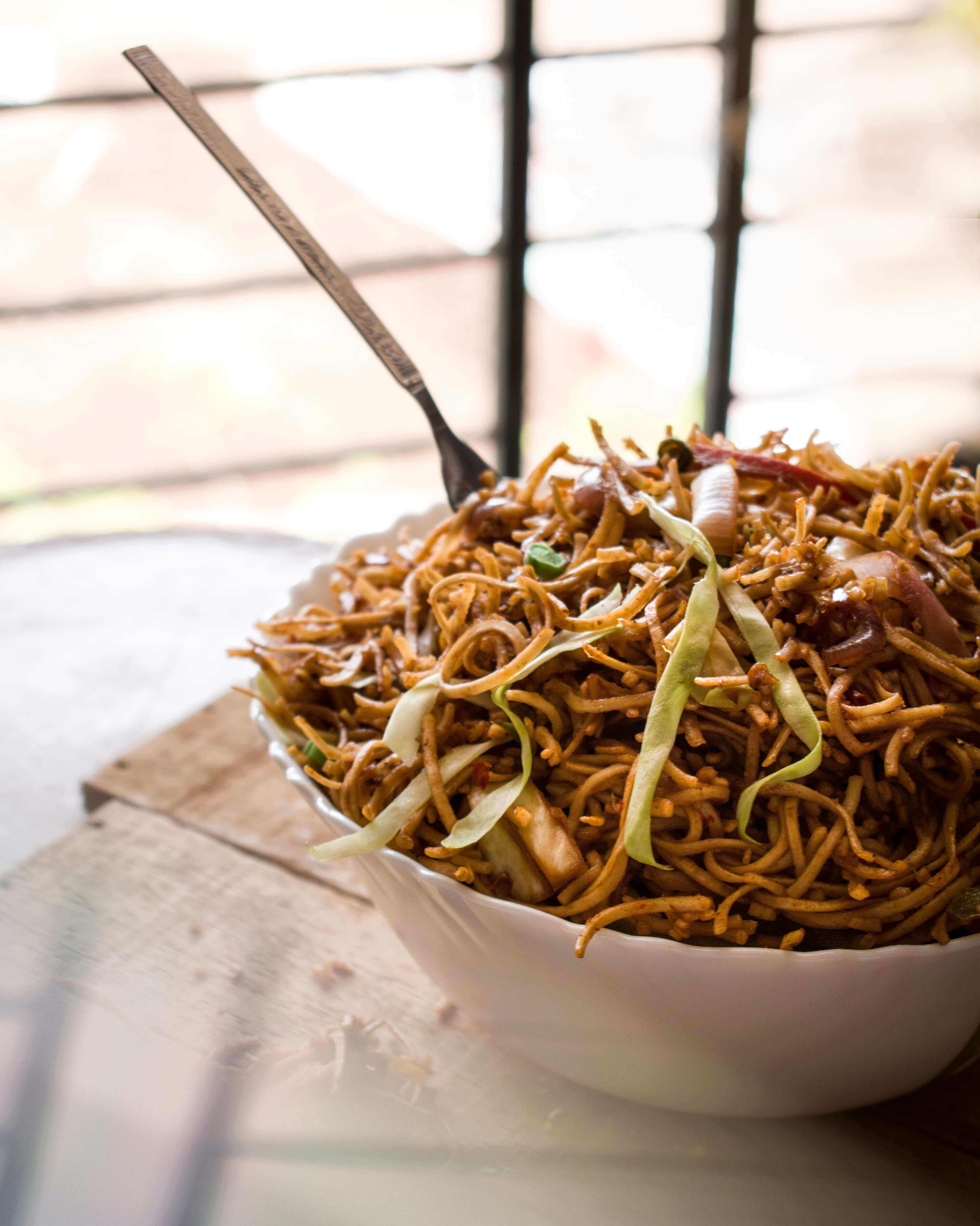

Calcutta, located in northeastern India, was the country’s most accessible urban center by land from China; therefore, this city was home to the country’s first Chinese immigrant, a southern Chinese man called Tong Atchew (also referred to as Yang Dazhao or Yang Tai Chow).
Following Atchew’s footsteps, waves of immigrants from China’s Guangdong region migrated to India in quest of safety and wealth due to civil war, hunger, poverty, and violence.
The Hakka Chinese established themselves as cobblers and tanners, while the Cantonese settled mostly as carpenters and the Hubeinese as dentists; nevertheless, a restauranteur was a common profession among all groups, particularly women supporting their working husbands.
Today, India’s Chinese food is extremely popular in India, with different variations being served by local street vendors to popular restaurants across the country.
Influence of economy, politics and society on food trends
If we look carefully enough, the changing economics, politics, and culture are all mirrored in food trends, and occasionally the food itself drives these changes. The noodle story is just one among hundreds of stories that emerged due to various world events.
Consider the bread scarcity. Wine became a cliché of French culture only as a result of sorrow during the war, and yet it is used to commemorate so many beautiful moments today. Last year when the lockdown was announced, everybody and their dog was stocking up noodles in India. Sales of Maggi noodles went by 25% as a result.
Every world event profoundly influences what and how we eat, including the whole noodle story.
